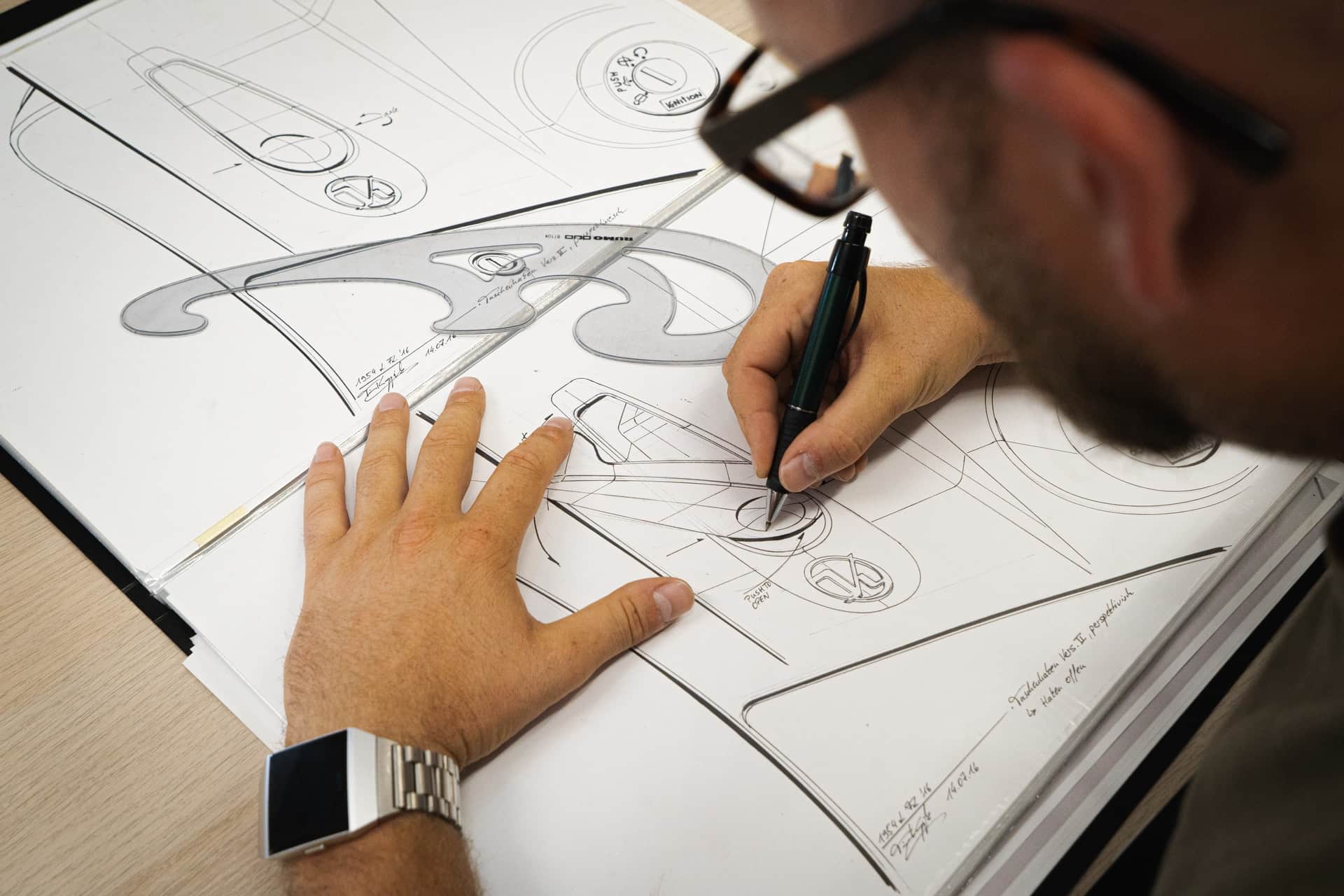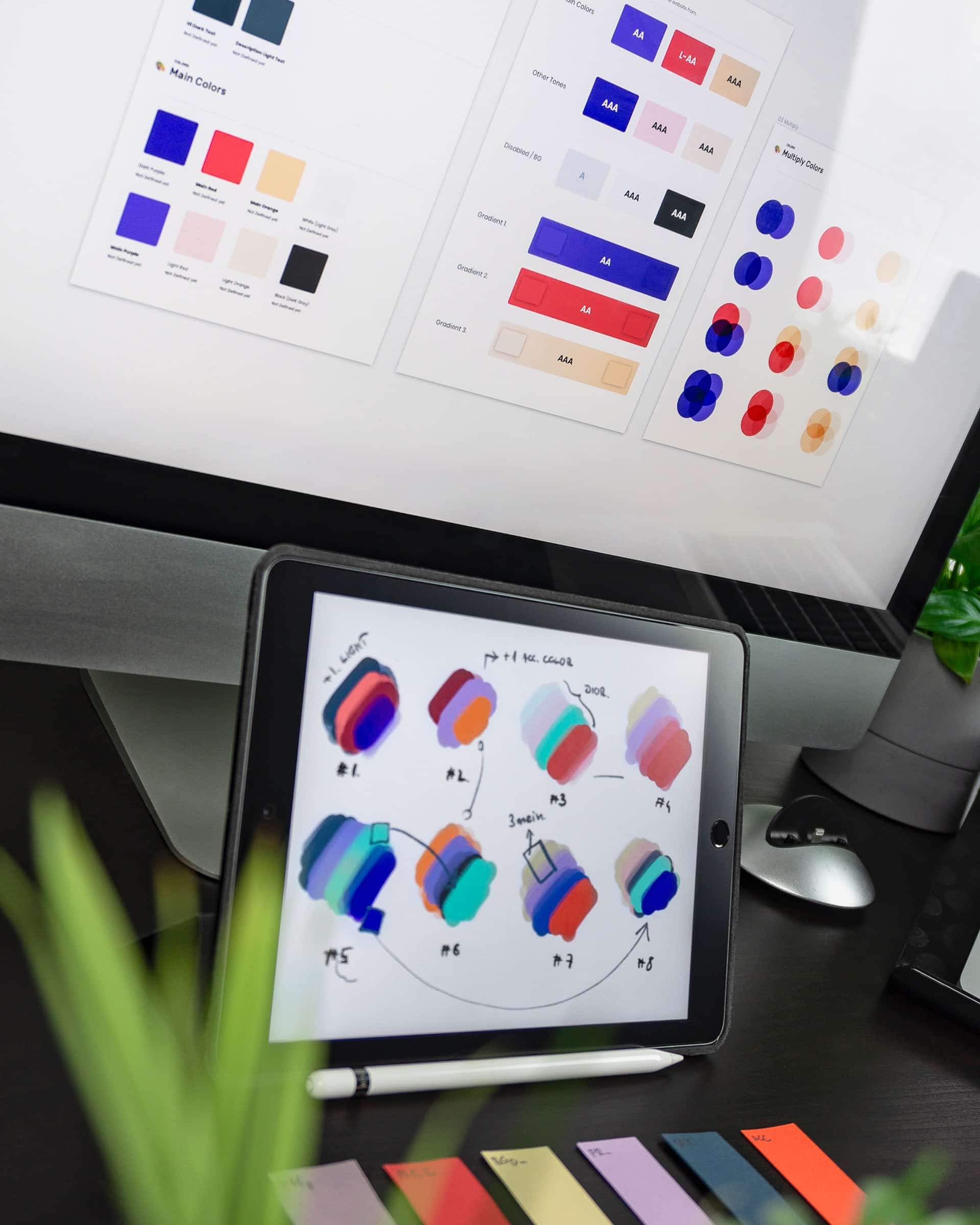Design for Manufacturing (DFM) is an umbrella term used to describe all sorts of practices that can help you optimize the manufacturing process. Applying DFM principles can make it easy to manufacture almost everything, which will help you increase your company’s productivity, reduce the costs of production, and minimize the risk of errors and delays.
IMAGE: UNSPLASH
Design For Manufacturing – Best Practices
DFM is critical for manufacturing, and it should be included in the phases of process, design, compliance, and testing. Since it is ideal that occur in the earliest stages of the design process, knowing these best practices can help you to know how to guide your product’s design. It’ll also help you know and when it is time to get a professional manufacturing company on your side.
Here are some Design for Manufacturing (DFM) tips you should keep in mind.
1. Manage A Precise Design Analysis
This is one of the best practices to implement in your workflow, as it will allow you to integrate many departments of your business into one process.
The “cross-functional” DFM is to discover all the flaws the product may have or, determine how it can be optimized to study the design at all layers. From the components and subsystems to its usability. This way, you can ensure the design is fully optimized and does not have unnecessary costs embedded in it.
This process can be performed for internal or external teams, but the design team performing the review should be separated from the manufacturer. Managing a precise design analysis ensures the development of an efficient product and the creation of a thriving design before prototyping.
2. Practice Simulation And Design
You can take a huge advantage of the phase of simulation with the DFM. In several cases, it could help you to better understand the origins of failure associated with manufacturability post reflow.
Several areas can benefit themselves during the simulation phase in the DFM process, such as rigid-flex technology, which is related to design multiple user electronics like smartphones and laptops that have curved or small form factors.
3. Design Simplicity
This practice helps to minimize assembly rounds and inventory by producing multi-functional pieces. Make sure you use designed-in alignment or fast securing systems like snap fits, that helps to fasten procedures including bolting or gluing, which may take longer with other types of manufacturing practices.
Always consider the slop, misalignment, and tolerance of your future products beforehand. And do your best to resolve the assembly issues during the analyzing phase. This way, you can know how tolerances will stack up in your assembly, and how to design combined part features to assist with an adjustment while assembly.
There are many more design for manufacturing practices you can apply to get better results. All you have to do is keep an eye out for opportunities to learn more about them, and consult with experts in the field before you move onto the manufacturing phase. Marketing teams know how to make a product look appealing, but you need to get engineers involved early if you want something that looks good and can be easily mass-produced.
If you are interested in even more design-related articles and information from us here at Bit Rebels, then we have a lot to choose from.


COMMENTS